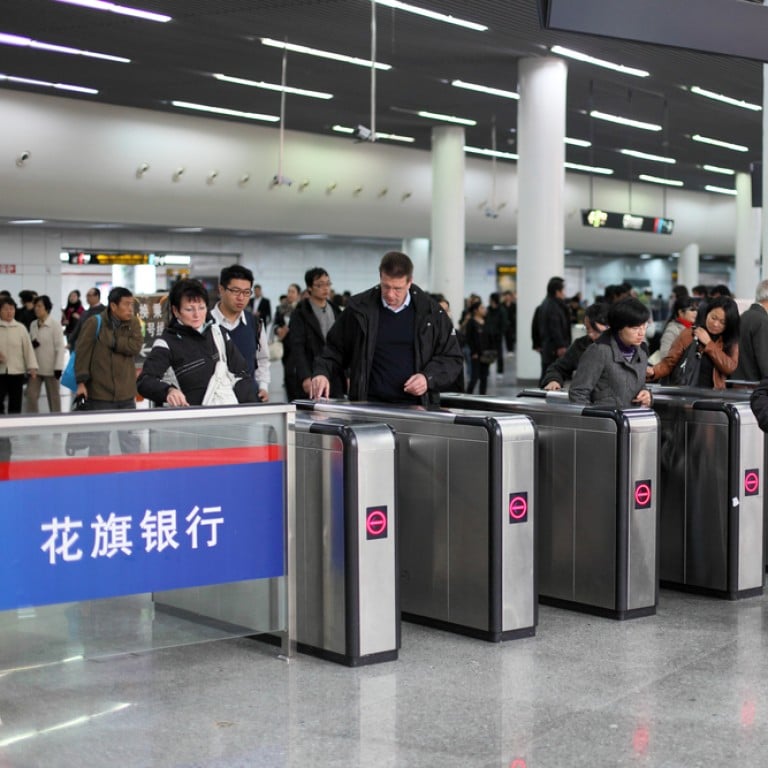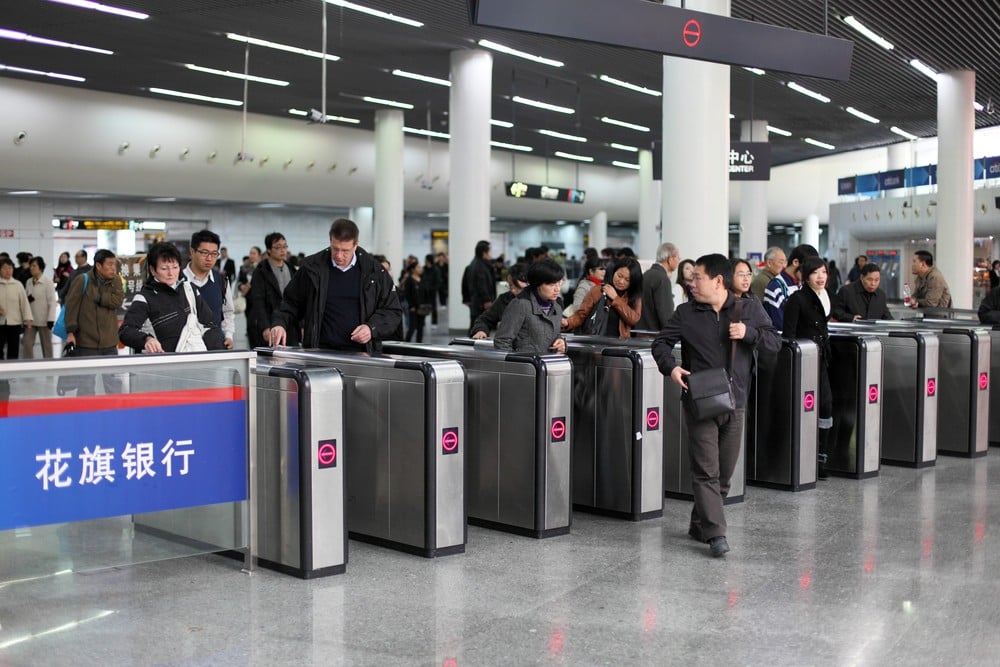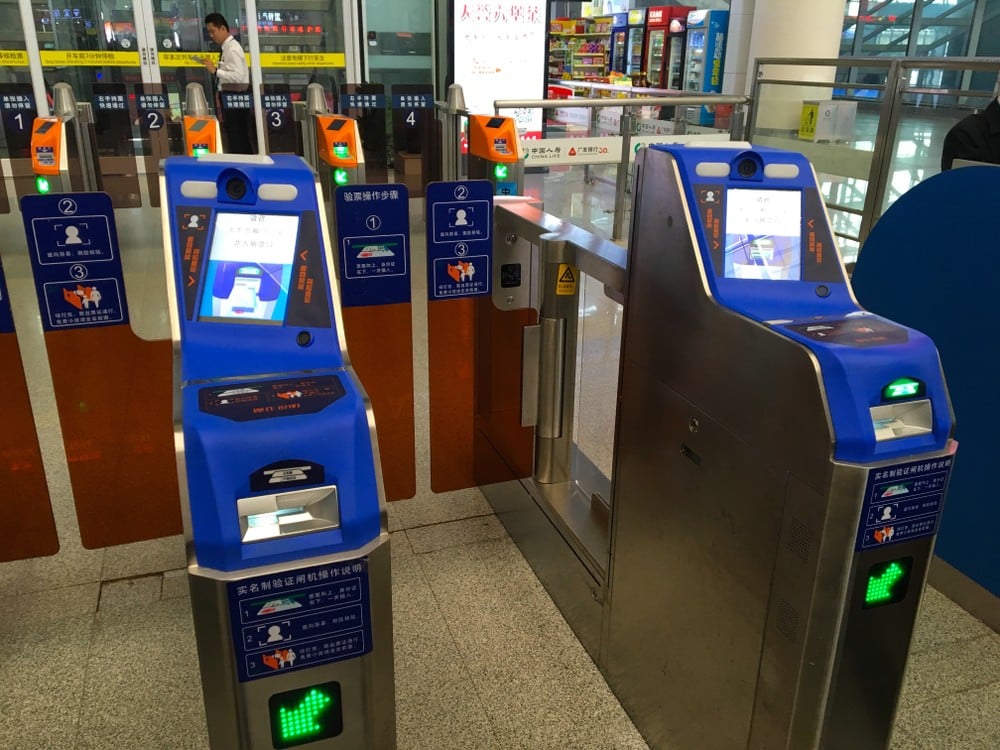
QR code payments make long commutes even longer in China
NFC availability is growing, but 100 million WeChat users are now paying for public transit with QR codes
Imagine taking the subway during rush hour in a major metropolitan area. After making your way through the crowd, fighting your way to the turnstile, you’re stopped by a single person fumbling with a phone and holding up other disgruntled commuters.
The holdup has become a common scene in many of China’s cities because of an important piece of technology central to mobile payments in the country: QR codes.
But typically, generating and scanning a QR code is quick, and it was a cheap technology to implement. Once it became the default payment system, it was only a matter of time before it started invading public transportation. This is in spite of the fact that that NFC (near field communication), which is used by Apple Pay and Google Pay (among many others), is considered faster and more secure and has even proliferated in China over the years as costs have come down.

Ride Code is just one solution among many that enables commuters to pay with QR codes. Alibaba’s Alipay and JD Finance also have their own options.
(Abacus is a unit of the South China Morning Post, which is owned by Alibaba.)
“QR codes exploded in China because people had a QR reader by default thanks to WeChat,” said Philip Wiggenraad, head of research at Tofugear. “Now the entire infrastructure is in place, so if it ain't broke, don’t fix it.”
But while QR codes have proven remarkably effective at meeting most people’s mobile payment needs, it seems ill-suited for public transit compared with NFC. Since NFC relies on radio waves, payment requires only a tap of the phone. There’s no need to wake it up or turn the screen on, making it as convenient as traditional transit cards.
The limitations of the technology are apparent even as cities race to install QR code scanners in turnstiles across the country. Over time, though, the inconvenience might be enough to nudge China away from its reliance on QR codes.

Many of China’s subway turnstiles have multiple payment options, including NFC. Even so, it doesn’t seem to have helped NFC adoption in the country.
In some ways, QR codes are a holdover of days gone by when NFC-equipped phones were pricey and NFC terminals were nowhere to be found. There was also the matter of competition.
Early on, NFC was championed by state-owned financial services company UnionPay, which contributed to slow progress of the technology, Feng said. Alibaba and Tencent went with QR codes, and their respective payment services Alipay and WeChat Pay quickly became popular, she added.

